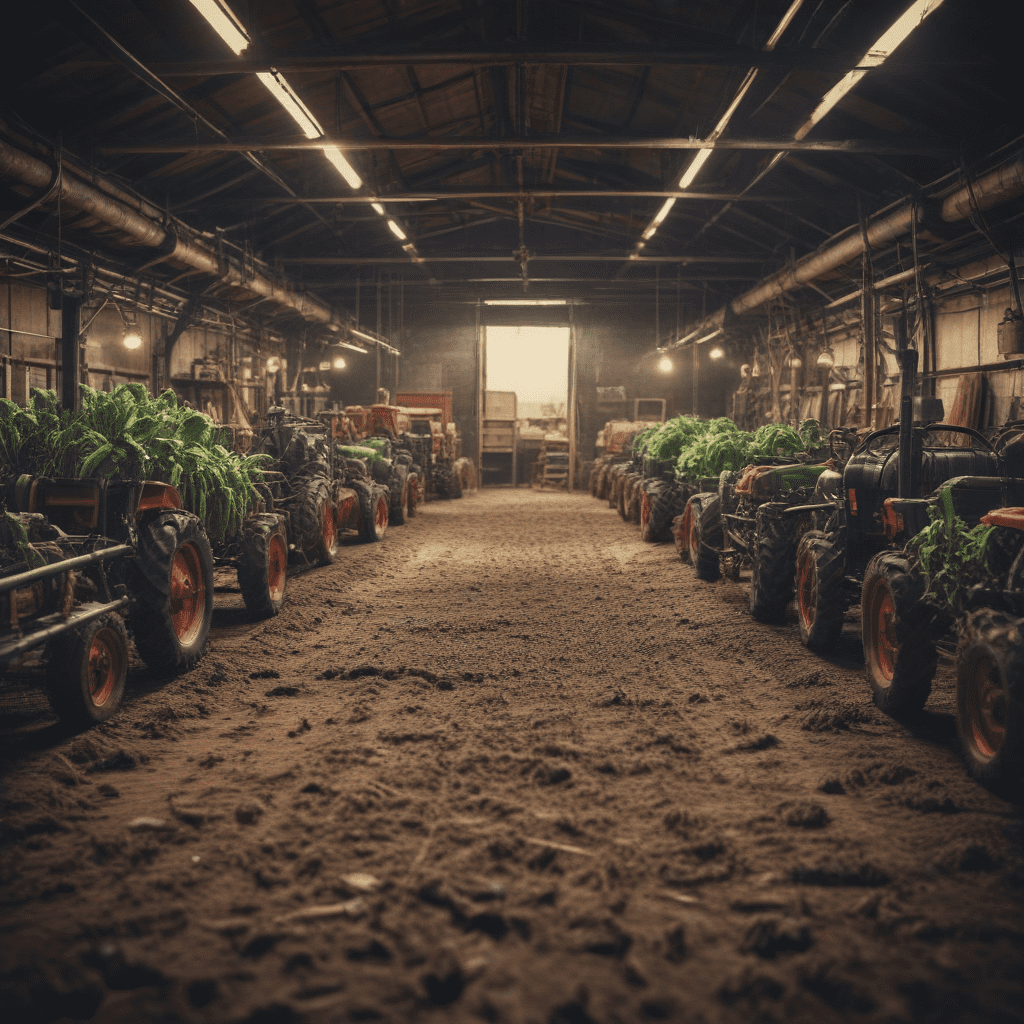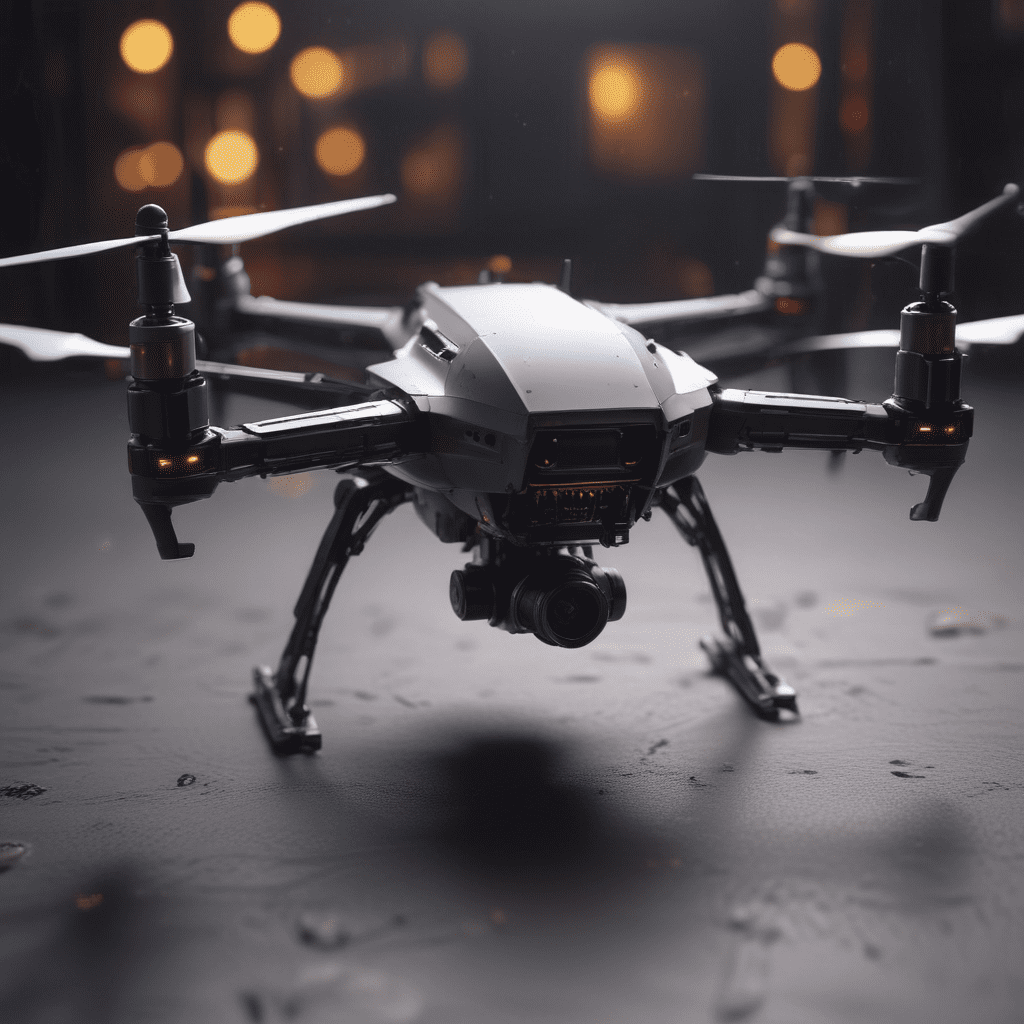The Impact of 3D Printing on Traditional Manufacturing Methods
1. Introduction
3D printing, also known as additive manufacturing, has emerged as a revolutionary technology with the potential to transform traditional manufacturing processes. This technology allows for the creation of three-dimensional objects directly from a digital design, layer by layer, using various materials such as plastics, metals, ceramics, and composites. Unlike traditional manufacturing methods, which involve subtractive processes like cutting or drilling, 3D printing offers unique advantages in terms of design flexibility, rapid prototyping, and the ability to produce complex geometries.
Traditional manufacturing methods have long been the cornerstone of industrial production, encompassing a wide range of processes such as injection molding, CNC machining, casting, forging, and welding. These methods have played a critical role in shaping the modern world, enabling the mass production of goods with high precision and efficiency. However, the advent of 3D printing has posed both challenges and opportunities for traditional manufacturing, raising questions about its potential impact on established industries.
This article will delve into the impact of 3D printing on traditional manufacturing methods, exploring both its advantages and limitations. It will examine how 3D printing is changing the landscape of specific traditional manufacturing processes, and discuss the potential integration of both technologies for enhanced efficiency and flexibility. Additionally, the article will explore the economic and social implications of 3D printing, considering its impact on jobs, sustainability, and future trends in manufacturing.
2. Advantages of 3D Printing over Traditional Methods
2.1 Design Flexibility and Customization
One of the key advantages of 3D printing is its unparalleled design flexibility. Unlike traditional manufacturing methods, which are often limited by tooling and mold designs, 3D printing allows for the creation of highly complex geometries and intricate designs with ease. This opens up a world of possibilities for product innovation, enabling manufacturers to create customized products tailored to specific needs and applications.
Furthermore, 3D printing facilitates mass customization, allowing for the production of unique products for individual customers. This capability has the potential to revolutionize industries like healthcare, where patient-specific implants and prosthetics can be created on demand, and fashion, where custom-designed clothing can be produced on a large scale.
2.2 Rapid Prototyping and Reduced Time-to-Market
3D printing significantly accelerates the prototyping process, enabling designers and engineers to rapidly iterate and test their ideas. This rapid prototyping capability leads to reduced time-to-market, allowing companies to bring new products to market faster than ever before. The ability to quickly produce prototypes also reduces development costs and minimizes risks associated with product design.
The traditional prototyping process often involves multiple rounds of design, fabrication, and testing, which can be time-consuming and expensive. 3D printing streamlines this process by enabling the creation of prototypes directly from digital models, eliminating the need for lengthy tooling and setup times.
2.3 Production of Complex Geometries and Intricate Designs
3D printing excels at producing complex geometries and intricate designs that are often impossible or highly challenging to achieve using traditional manufacturing methods. This capability opens doors for innovation in various industries, allowing for the creation of products with enhanced functionality, improved performance, and reduced weight.
For instance, 3D printing enables the production of lightweight aircraft components with intricate internal structures, leading to improved fuel efficiency and reduced emissions. In the medical field, 3D printing allows for the creation of patient-specific implants and prosthetics with complex shapes that perfectly match the anatomy of the individual.
2.4 Reduced Material Waste and Increased Sustainability
3D printing offers significant advantages in terms of sustainability. Unlike traditional manufacturing processes, which often generate large amounts of waste material, 3D printing builds objects layer by layer using only the required materials. This reduces material waste and minimizes the environmental impact of production.
Furthermore, 3D printing allows for the use of recycled materials and bio-based polymers, further enhancing its sustainability credentials. As concerns about environmental sustainability grow, 3D printing is poised to play a crucial role in creating more environmentally friendly manufacturing processes.
6. Economic and Social Implications
The rise of 3D printing brings with it a range of economic and social implications that are worth exploring. One major concern is the potential displacement of jobs in traditional manufacturing industries. As 3D printing becomes more widespread, it has the potential to automate certain tasks currently performed by human workers. This could lead to job losses in areas such as machining, tooling, and assembly.
However, it is important to note that 3D printing also creates new job opportunities. The technology requires skilled individuals to operate and maintain 3D printers, design and develop 3D models, and manage the production process. Additionally, 3D printing has the potential to boost innovation and entrepreneurship, leading to the creation of new businesses and job markets.
Another significant social implication of 3D printing is increased access to manufacturing capabilities for small businesses and individuals. Traditionally, manufacturing has been an industry dominated by large corporations with the resources to invest in expensive equipment and production facilities. 3D printing lowers the barriers to entry, allowing smaller players to compete and participate in the manufacturing process. This democratization of manufacturing has the potential to foster innovation and economic growth.
Furthermore, 3D printing can contribute to on-shoring and regional economic development. By enabling companies to produce goods locally, 3D printing reduces the need to rely on overseas manufacturing, creating jobs and boosting local economies. This is particularly relevant in developed countries where manufacturing jobs have been lost to globalization.
Lastly, 3D printing offers significant sustainability benefits. By reducing material waste and enabling the use of recycled materials, 3D printing can help to mitigate the environmental impact of manufacturing. Additionally, the technology can be used to produce energy-efficient products and reduce transportation emissions by enabling local production.
7. Future Trends and Implications
Looking ahead, we can expect to see several key trends shaping the future of 3D printing and its impact on traditional manufacturing. One major trend is the development of new 3D printing materials and technologies. Researchers are constantly exploring new materials with improved properties, such as strength, flexibility, and biocompatibility. Additionally, advancements in printing technologies are leading to increased speed, accuracy, and resolution.
Another important trend is the increased adoption and integration of 3D printing with traditional manufacturing. We are likely to see a hybrid manufacturing approach where 3D printing is used for prototyping, customization, and low-volume production, while traditional methods handle high-volume production runs. This integration will allow manufacturers to leverage the strengths of both technologies for optimal efficiency and flexibility.
Furthermore, we can expect to see the development of new business models and industries enabled by 3D printing. The on-demand manufacturing capabilities of 3D printing will create opportunities for personalized products, distributed manufacturing networks, and new forms of collaboration between designers, manufacturers, and consumers.
Overall, the impact of 3D printing on traditional manufacturing is likely to be profound and multifaceted. While challenges exist, the technology offers significant opportunities for innovation, efficiency, sustainability, and economic growth. As 3D printing continues to evolve and mature, we can expect to see a transformation in the way goods are designed, produced, and distributed, shaping the future of manufacturing for years to come.
8. Conclusion
In conclusion, 3D printing presents both challenges and opportunities for traditional manufacturing. While it has the potential to displace certain jobs and disrupt established industries, it also offers significant advantages in terms of design flexibility, rapid prototyping, and sustainability. The future of manufacturing is likely to see a hybrid approach, where 3D printing and traditional methods complement each other for optimal efficiency and innovation. As the technology continues to advance, we can expect to see 3D printing playing an increasingly important role in shaping the future of manufacturing and our lives.
9. FAQ
9.1 What are the main advantages of 3D printing over traditional manufacturing methods?
- Design flexibility and customization
- Rapid prototyping and reduced time-to-market
- Production of complex geometries and intricate designs
- Reduced material waste and increased sustainability
- On-demand manufacturing and localized production
9.2 What are the main challenges of 3D printing?
- Limited material selection compared to traditional methods
- Lower production volume and scalability limitations
- Higher initial costs and ongoing maintenance
- Surface finish and accuracy limitations in some 3D printing technologies
- Lack of standardized processes and quality control measures
9.3 How will 3D printing impact traditional manufacturing methods in the future?
3D printing is likely to become increasingly integrated with traditional manufacturing methods, creating hybrid approaches that leverage the strengths of both technologies. 3D printing will likely play a major role in prototyping, customization, and low-volume production, while traditional methods will continue to handle high-volume production runs.
9.4 What are the social and economic implications of 3D printing?
3D printing has the potential to displace jobs in traditional manufacturing industries, but it also creates new job opportunities in areas such as 3D printing operation, design, and development. Additionally, 3D printing increases access to manufacturing capabilities for small businesses and individuals, fostering innovation and economic growth.
9.5 What are the environmental benefits of 3D printing?
3D printing reduces material waste and enables the use of recycled materials, contributing to a more sustainable manufacturing process. Additionally, 3D printing can be used to produce energy-efficient products and reduce transportation emissions by enabling local production.


